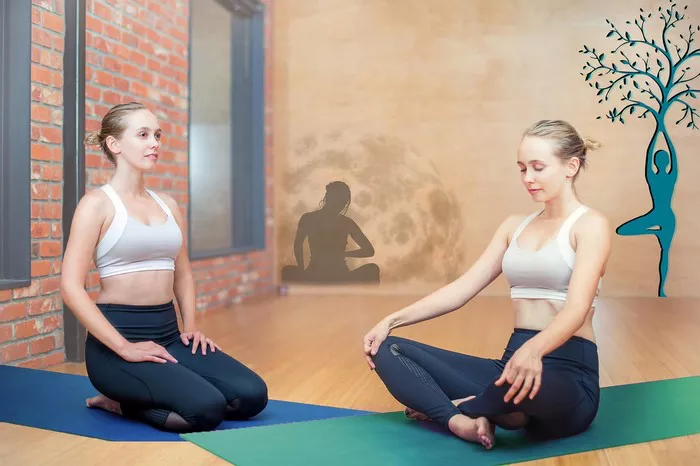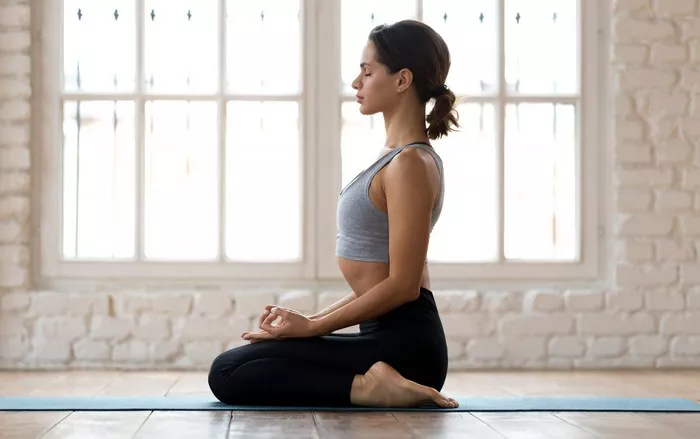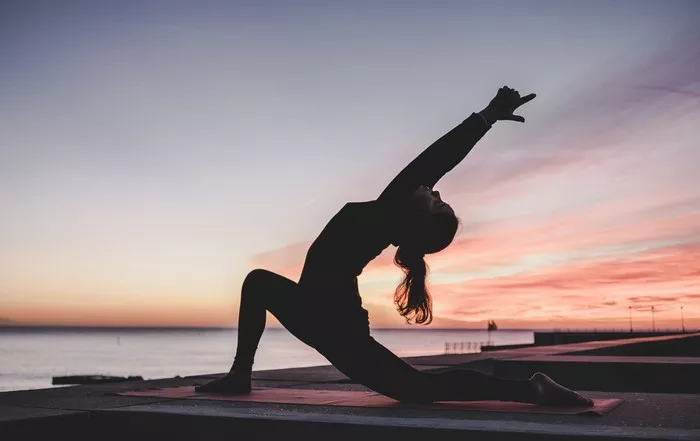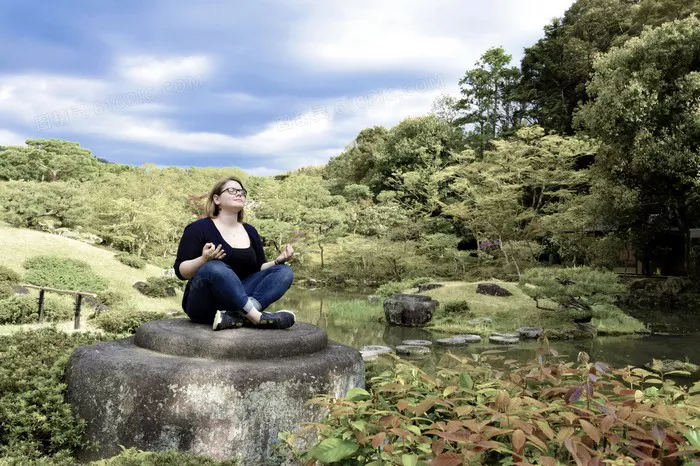Yoga is a practice that harmonizes the body, mind, and spirit, helping individuals cultivate physical strength, flexibility, and inner peace. Among the vast array of yoga postures, the Reverse Prayer Pose, also known as Paschima Namaskarasana or Viparita Namaskarasana, stands out for its unique benefits and significance. This pose engages the upper body, particularly the shoulders, arms, wrists, and chest, while fostering mental calmness and emotional balance.
In this article, we will explore the Reverse Prayer Pose in depth, covering its meaning, benefits, step-by-step instructions, variations, contraindications, and practical tips for incorporating it into your yoga practice.
Understanding the Reverse Prayer Pose
Reverse Prayer Pose (Paschima Namaskarasana) derives its name from the Sanskrit words:
Paschima – meaning “west” or “backside”
Namaskara – meaning “prayer” or “greeting”
Asana – meaning “pose” or “posture”
The posture involves bringing the hands behind the back and pressing the palms together in a prayer position, with the fingers pointing upward. It requires flexibility in the shoulders, wrists, and chest while promoting an open heart and graceful posture.
Significance in Yoga
The Reverse Prayer Pose is often incorporated in yoga sequences to enhance mobility, improve posture, and encourage mindful breathing. It is a symbolic gesture of surrender, humility, and gratitude, fostering a deep connection between the practitioner and their inner self.
Benefits of the Reverse Prayer Pose
Practicing the Reverse Prayer Pose regularly offers multiple physical, mental, and emotional benefits.
1. Enhances Shoulder and Wrist Flexibility
This pose stretches the shoulder joints, improving range of motion and reducing stiffness. It is particularly beneficial for individuals who experience tension from prolonged desk work or repetitive upper-body movements.
2. Opens the Chest and Heart
By pulling the shoulders back and pressing the palms together, this asana expands the chest, promoting better lung capacity and deeper breathing. It counteracts the effects of poor posture and slouching, which are common in modern lifestyles.
3. Improves Posture and Spinal Alignment
Reverse Prayer Pose strengthens the upper back muscles, encouraging proper posture. It aligns the spine and helps practitioners maintain an upright stance, reducing the risk of back pain.
4. Encourages Mindfulness and Stress Relief
As with many yoga poses, Reverse Prayer fosters mindfulness and relaxation. The gentle stretch and focused breathing help relieve stress, tension, and anxiety, promoting a sense of tranquility.
5. Strengthens Wrists and Forearms
Pressing the palms together in reverse prayer engages the wrists and forearms, enhancing strength and flexibility. It is beneficial for people who frequently use their hands for activities like typing, writing, or playing musical instruments.
6. Aids in Digestion and Circulation
Although primarily an upper-body pose, the Reverse Prayer stimulates circulation and encourages better digestion when practiced with deep breathing and awareness.
How to Perform the Reverse Prayer Pose
Step-by-Step Instructions
Start in a Comfortable Standing or Seated Position
- You can begin in Tadasana (Mountain Pose) for a standing variation or Sukhasana (Easy Pose) for a seated version.
- Keep your spine elongated and shoulders relaxed.
Bring Your Hands Behind Your Back
Extend both arms behind you, ensuring they remain active and engaged.
Join Your Palms Together
- Bend your elbows and bring your palms to touch in a prayer position behind your back.
- Ensure your fingers point upward, with the base of the palms pressed together.
Roll Your Shoulders Back
- Gently open your chest by rolling your shoulders backward and downward.
- Keep your shoulder blades engaged without straining.
Hold and Breathe Deeply
- Maintain this posture for 5–10 deep breaths, inhaling and exhaling slowly.
- Focus on the stretch across your shoulders and the gentle opening of the chest.
Release with Awareness
- Gently separate your palms and bring your hands to your sides.
- Shake out your arms to release any tension.
Modifications and Variations
Beginner Modification: If your palms do not come together, simply place your hands on opposite forearms or hold your wrists.
Seated Variation: Perform the pose while seated in Padmasana (Lotus Pose) or Vajrasana (Thunderbolt Pose) to deepen the stretch.
Behind-the-Back Clasp: Instead of a prayer position, interlace your fingers behind your back and gently pull your arms away from the spine for an alternative stretch.
Contraindications and Precautions
While the Reverse Prayer Pose offers numerous benefits, it may not be suitable for everyone. Here are some considerations:
Shoulder or Wrist Injuries: Avoid this pose if you have a recent or chronic injury in the shoulders, wrists, or arms.
Severe Stiffness or Limited Mobility: If you experience pain or discomfort while attempting the pose, modify it by keeping your hands on your lower back or using a yoga strap.
Pregnancy: While generally safe, pregnant individuals should ensure comfort and avoid any excessive strain on the torso.
High Blood Pressure or Heart Conditions: Those with cardiac concerns should practice this pose gently and consult a healthcare provider if unsure.
Tips for Mastering the Reverse Prayer Pose
Warm Up First
Engage in shoulder and chest-opening exercises like Gomukhasana (Cow Face Pose) and Bhujangasana (Cobra Pose) to prepare for Reverse Prayer Pose.
Use a Yoga Strap
If your palms do not meet, hold a yoga strap behind your back, gradually working towards flexibility.
Keep the Spine Aligned
Avoid rounding the shoulders or collapsing the chest; focus on elongating the spine.
Practice Regularly
Consistency is key to improving flexibility and comfort in this pose.
Breathe Mindfully
Synchronizing breath with movement enhances relaxation and deepens the stretch.
Conclusion
The Reverse Prayer Pose (Paschima Namaskarasana) is a beautiful and beneficial posture that enhances flexibility, improves posture, and promotes mindfulness. Whether you are a beginner or an experienced yogi, incorporating this asana into your practice can lead to a more open, strong, and balanced body and mind.
By practicing with patience and proper alignment, you can experience the full spectrum of physical and mental benefits that this elegant yoga pose has to offer. So, roll out your mat, open your heart, and embrace the transformative power of the Reverse Prayer Pose!
Related Topics:






















